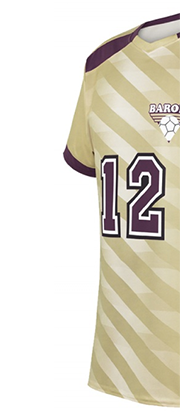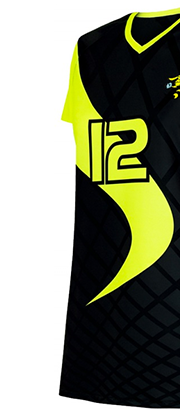It’s always helpful to get some advice on how to coach in little league baseball, but one of the most important aspects is pitching. You usually need talent to start with, and then how to hone that talent and control it can be quite key – especially when not at an advanced age. There are a lot of ways to do it, but if you’re a coach in need of some helpful advice to nudge you in the right direction, join us as we touch on just a few.
1. Stay Natural
One thing you never want to do is try to make a player someone or something they’re not. That means completely re-working pitching techniques isn’t really advised, and you should be focused more on fine tuning instead. Completely going back to square one and changing the way a kid throws is a bit crazy. It’s like trying to completely change a decent basketball shot and hoping it’s suddenly elite. It rarely works and it can really mess with the player’s head, effectiveness, confidence and consistency. The best thing to do is find the biggest flaws in their techniques and just try to iron the wrinkles out as best as possible.
While staying natural with delivery, this means focusing on footwork, release and placement first and foremost. It’s best to focus on one aspect at a time and try various drills that can both test and improve these pitching skills. A well-rounded versatile pitching skill-set usually isn’t discovered over night and even the kids that do come in naturally gifted almost always still have some blemishes or bad habits you can have them work on. From how they first line up to their posture to their release, you can get as picky as you want in what could be holding their game back.
Still, all of this aside, the best thing to do is to let the kid naturally throw the way they always have and work from the ground up in terms of development. Some coaches and baseball experts will be totally fine with completely re-working throwing fundamentals, but generally you’re going to set the player back even further and it’s a dangerous practice. Instead, build around their natural throwing motion and enhance it, rather than try to replace it.
2. Keep it Simple
Refining or completely re-tooling pitching mechanics is a long and arduous task. You can’t take it lightly, but you also can’t beat it into someone with relentless reps. There needs to be a balance, and you can’t accomplish everything at once. Whether you’re working on wind up, release, footwork, velocity or placement, the best thing to do is to keep the work focused on one aspect at a time and overall keeping it simple.
3. Have Fun
It’s always very important to keep a sport fun and loose, even when practicing, training and developing. Working hard on improving your game should not be a chore and positive rewards should not go unrewarded or at least should be acknowledged. But the foundation of steady improvement is keeping the entire environment fun and relaxed. Players don’t always like to work on mechanics and depending on what drills you do or what you’re asking of the player, it can really bog them down. Make sure you keep a good balance between enjoying what you’re doing versus doing something to specifically improve one aspect of a pitcher’s skill-set.
Got your own tips for helping little league baseball pitchers improve? Feel free to offer your insight in the comments below!







